By Christopher Miskimon
Geijsteren Castle sits north of the Dutch town of Venlo on the banks of the Meuse River. In late 1944, the castle was a strongpoint in the local German defenses and under attack by elements of the British Sixth Guards Tank Brigade. The German troops garrisoning the fortress had held against attacks by infantry and heavy artillery bombardment. Now, the brigade’s tanks would try their hand at knocking out the enemy position.
The British crews moved their Churchill tanks to positions within range of the castle and began to fire. Equipped with various versions of the Churchill, the tankers sent rounds from 6-pounder and 75mm cannon, as well as the 95mm howitzers, crashing into the walls of Geijsteren. The smaller tank guns proved ineffective against the stout walls of this fortress with ramparts built to withstand the long bombardments of an earlier era of warfare.
The 95mm howitzers were much more successful, but one tank outdid them all. The crew of this particular tank, which bore the name “Cuckoo” painted on both sides of its turret, methodically pummeled the castle’s defenders, selecting a window and then unerringly putting a round right through the opening and into the strongpoint’s interior. Cuckoo’s crew was lauded for the precision of their fire in the attack.
The defeated Germans, however, had good reason to feel frustration that day, for the tank that had put such devastating fire into their position was none other than a captured German tank used by the Allies: a Mark V Panther, taken intact by the British and placed into their service. No doubt some of them would have felt a twinge of anger or even disgust that a tank that epitomized the height of the Fatherland’s technical and military prowess had been so effectively turned against them.
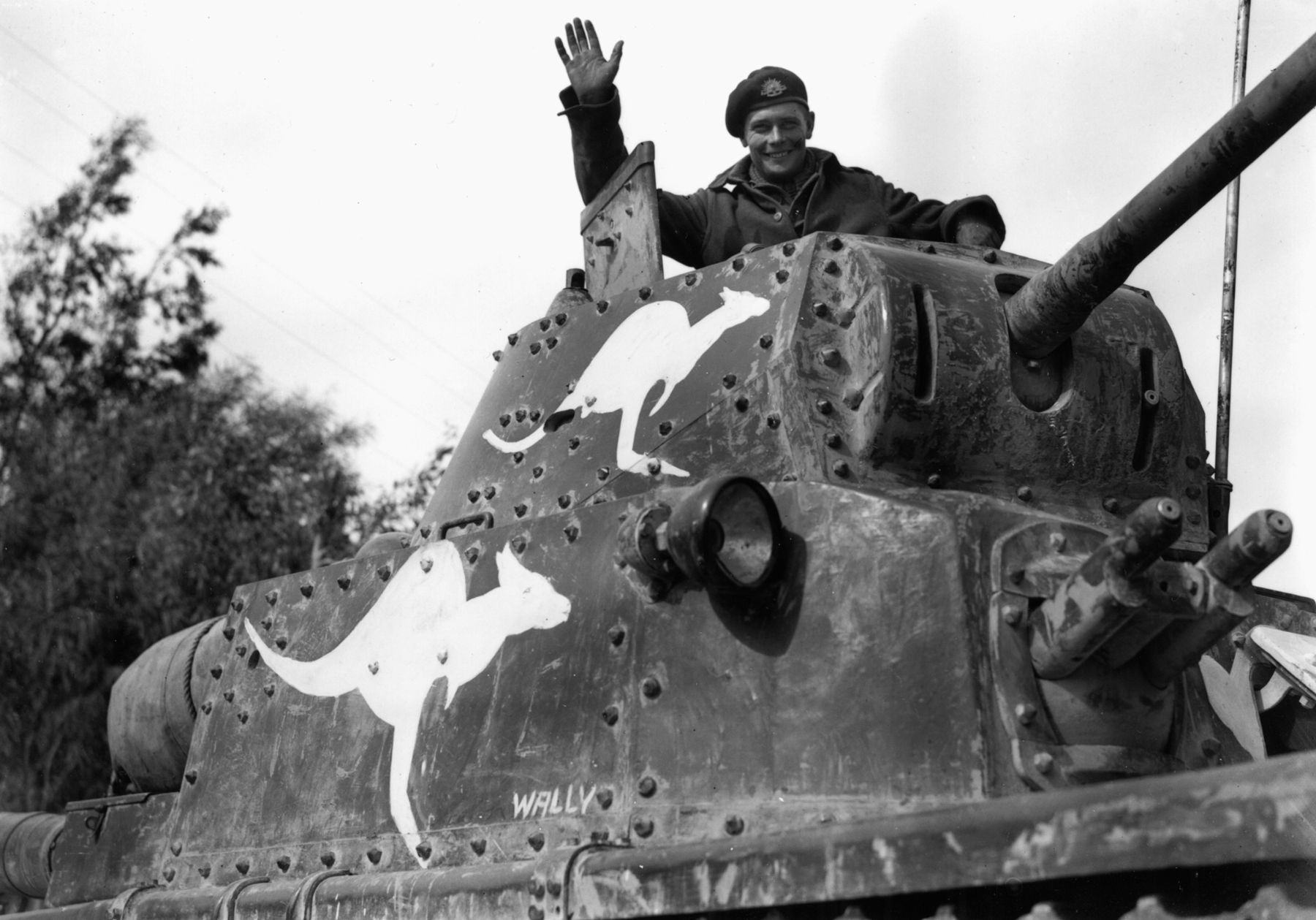
Fielding Captured Weapons: The Allied and Axis Approaches
Using the captured weapons and equipment of an enemy is commonplace during war. Frontline soldiers often find themselves short of what they need to accomplish their missions and quickly become ingenious at filling these holes in their order of battle with whatever they can find, capture, or pilfer. During World War II, this applied to tanks and armored fighting vehicles (AFVs) as much as anything else. It is well known that the German Wehrmacht made widespread use of captured vehicles of all types. It did so in an organized, deliberate fashion, filling large gaps in its own order of battle first with vehicles seized during the “peaceful” occupations of Austria and Czechoslovakia before the war actually started. Later, after the Nazis had overrun France, the Low Countries, and vast tracts of the Soviet Union, the vehicles of those nations were mixed into German units.
Overall, the use of enemy armor for the Allies was, with a few exceptions, much less necessary than it was for the Germans. The rapid expansion of the German military early in the war coupled with the slower initial expansion of German industry led to thousands of Czech, French, and Soviet tanks and AFVs being incorporated into German divisions. This was made simpler by their early victories as production facilities, military bases, and stocks of spare parts and ammunition were overrun and captured. During the course of the war, entire units were fully equipped with captured enemy armor, notably Soviet T-34 medium tanks on the Eastern Front and French tanks of various types used in security units in Western Europe and the Balkans.
For the Allies, however, there was usually not only less need but also less utility in using captured German tanks and other Axis vehicles. Allied production capacity was much higher, so the Allies’ armies could almost always replace losses and equip new units without resorting to captured enemy ordnance. This also simplified logistical issues because the Allies never had to incorporate foreign spare parts and ammunition types through their supply pipelines. Because German factories did not fall into Allied hands until the end of the war, adopting the German vehicles that were captured simply did not make sense.
The Most Well-Known Examples of Captured German Tanks Used by Allied Forces
There were a few exceptions, however. In North Africa the British Army, short of modern tanks of its own, used numbers of Italian tanks captured during the initial fighting. In March 1941, the British reported having 365 tanks available (not including light models armed only with machine guns). Of these, some 16 percent, or 60 tanks, were Italian medium models captured at Beda Fomm. All of them were issued to the 6th RTR (Royal Tank Regiment) after being overhauled and fitted with British radios. They were not very popular with British tankers because of their thin armor and poor mechanical reliability.
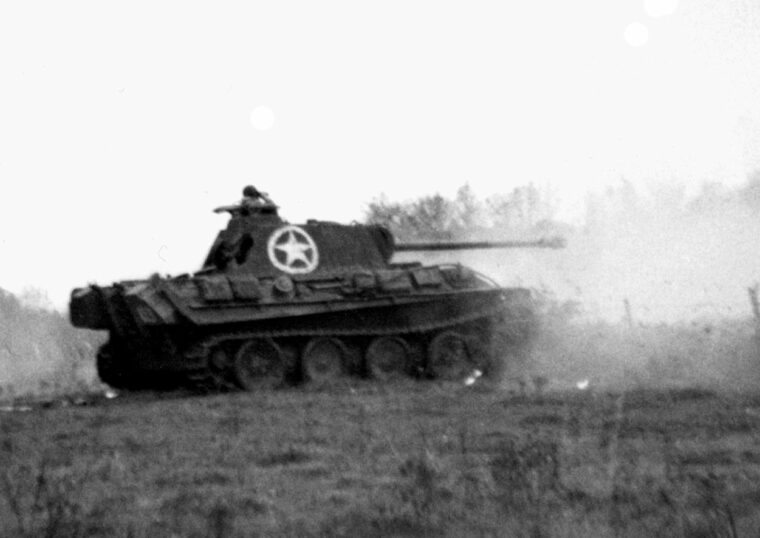
The 6th RTR arrived at Tobruk on February 22, 1941, with none of its own tanks. The unit was sent to Beda Fomm to take possession of the Italian M13/40 medium tanks there. The three squadrons of the regiment were all equipped with these tanks by March 12. On the 18th, A Squadron was sent forward to join the 3rd Hussars. The squadron started its road march with 15 Italian tanks. Three of them overheated en route and were left behind. An additional three M13s arrived at the squadron’s destination, but they were losing power and overheating themselves, leaving only nine operational tanks. By March 31, the 6th RTR reported only 36 of its M13s operational.
By April 5, the regiment had lost so many of its Italian tanks that the decision was made to select the nine best-running ones and destroy the rest after taking anything usable off them. By the next day, the last of these vehicles had been discarded because of breakdowns and a shortage of vital fuel. It should be noted that some of the losses through breakdowns would probably have been fixable if the British had had access to a proper logistical line capable of supplying parts. Still, the loss of so many tanks in a month’s time, with the majority of those losses occurring in noncombat situations, only reinforces the low opinion the British tankers had of their M13/40s.
Of all the Allies, the Soviets were understandably the largest users of captured German armor. The vast scope and length of the fighting on the Eastern Front gave them the greatest opportunity to organize captured tanks into units in useful numbers. This, combined with the desperate need for anything that could be used to resist the Nazi invaders, gave rise to small units, platoons, and companies of captured enemy tanks. The Soviet Army even published orders and translated instruction manuals on their use. These orders specified using them as long as they could be kept running. The larger German Tigers and Panthers were ordered discarded when they broke down or were otherwise no longer battleworthy.
Supply Problems for Repurposed Panzers
As in the case of Cuckoo, Panthers were particularly popular for their fighting qualities, and crews prized them so highly they often ignored the order to discard them upon breakdown, keeping them in service as long as possible. This even extended to requiring captured German tank crewmen and mechanics to work on the tanks to keep them going. Maintaining these vehicles in the field presented many difficulties. Tanks consume spare parts and ammunition quickly, but for captured vehicles there was no steady source of supply, especially when the users were on the defensive and did not expect to overrun enemy supply depots.
Even when enemy stocks were captured, there were significant logistical problems in coordinating distribution to the units that actually needed them. Given the vast distances typical on the Eastern Front, transporting stocks from wherever they were captured to the units that needed them (perhaps hundreds of miles away) would require extensive planning even without the vagaries of combat and weather that plagued all soldiers fighting there.
As for the tanks themselves, they were usually painted with large, easily visible Soviet identification markings to avoid or at least minimize the incidence of friendly fire. A wise commander would obviously want to coordinate with the friendly units operating on his flanks so they would know there were captured enemy tanks in use in the area. It was also common to place flags or other appropriate identification markers on the tops of turrets or engine decks as a signal to friendly aircraft, something many tankers did anyway even if they were not operating captured tanks.
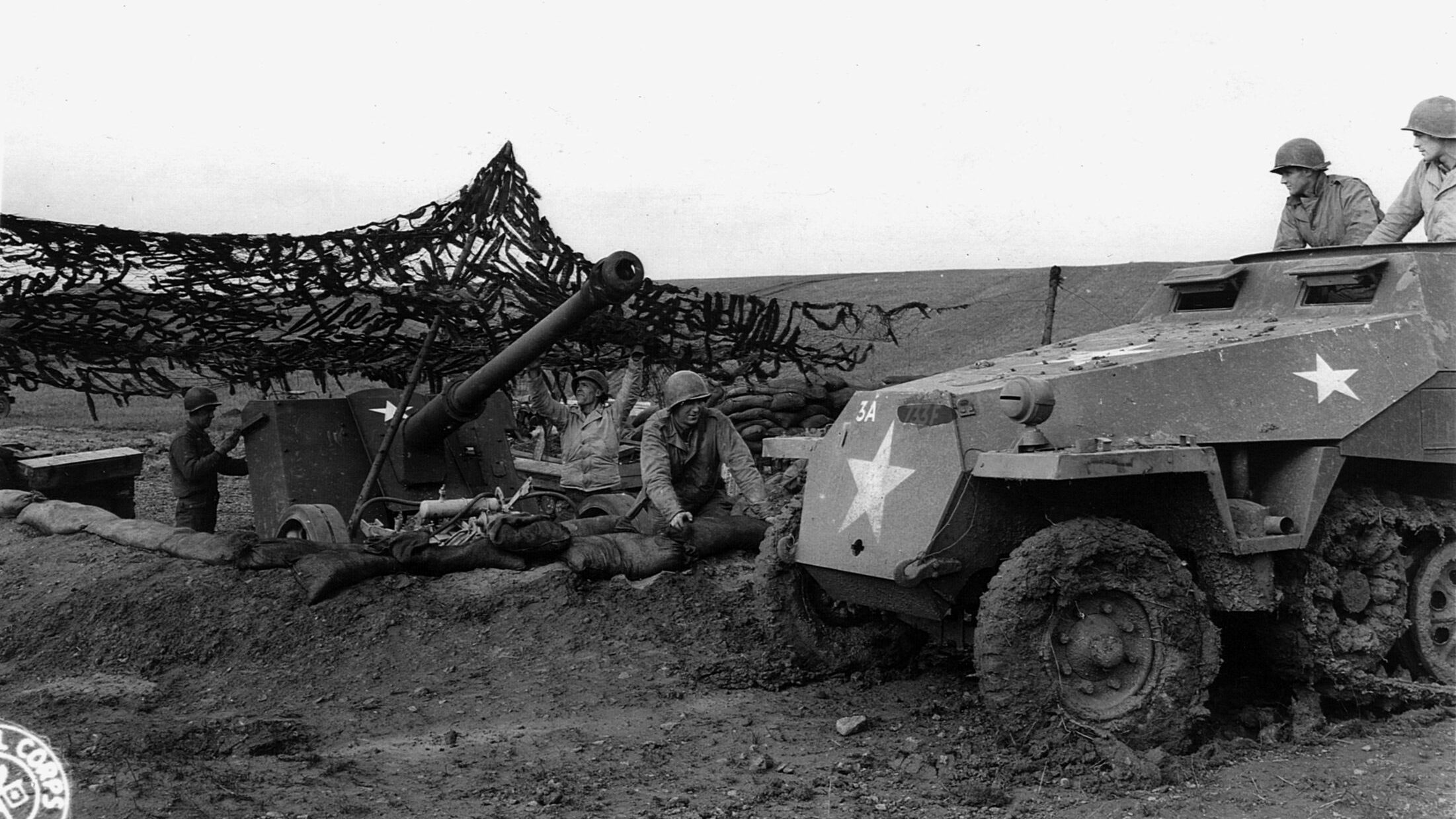
While these small-scale organized uses of German and Italian fighting vehicles went on, there were also uncounted instances of individual units using captured tanks for their own tactical and short-term advantage. Generally these AFVs were also used until they broke down or ran out of ammunition, then they were discarded or destroyed to prevent recapture. A small number would be turned over to various intelligence units for inspection and evaluation, with a few of those eventually shipped back to England or the United States as trophies or for technical testing at places such as Aberdeen Proving Ground in Maryland. Today, museums have many of these vehicles on display. Unfortunately, a number of the captured German tanks at the Aberdeen Proving Ground were destroyed in a scrap metal drive during the Korean War.
The perceived superiority of German tanks and assault guns in particular made them desirable for troops who wanted to make up for the shortcomings of their own issued equipment. The fearsome reputation German armor acquired over time led many Allied troops to identify any enemy tank they saw as a Tiger or Panther, even when the vehicles in question were less capable panzer models. As the war progressed, German troops were also forced to abandon many AFVs for lack of fuel. German half-tracks were used by all the Allied armies, often refitted with .50-caliber and .30-caliber machine guns to ease ammunition resupply. In the American 104th Infantry Division, soldiers found an intact Sturmgeschutz III 75mm assault gun and employed it. In the southern Netherlands, a trio of the dreaded 88mm guns so feared by Allied troops was turned against their former owners. There must have been dozens, if not hundreds, of similar undocumented instances.
Captured German Panthers: “Deserter” and “Cuckoo”
The Panther, of course, was one of the most feared German tanks, and soldiers on the Western Front were as happy to get one as their Soviet counterparts, even though no Western units ever appeared to have tried forming captured German tank units the way the Soviets did. On the Italian front, in October 1944, the Canadian Seaforth Highlanders captured an intact Panther and gave it to the 145th Royal Armoured Corps, a regimental-size unit. Its new owners whimsically renamed the tank “Deserter” and issued it to the unit’s C Squadron.
Deserter’s first action came on November 11, when it was used to attack an enemy observation post. During this action the tank’s gunner was apparently killed when he dismounted the vehicle and stepped on an antipersonnel mine. Later, the unit conducted tests pitting their pet Panther against Sherman and Churchill tanks in mobility on soft terrain. They also noted frustration that Deserter was too wide to fit onto the famous Bailey bridges built by British engineers to cross river obstacles.
One of the best-documented cases, however, is that of the previously mentioned Panther renamed Cuckoo. The tank was found abandoned in a barn during the fighting for the village of Overloon. Before its capture, the tank had belonged to the 2nd Battalion of Panzer Brigade 107. The British tankers assigned Cuckoo to the 4th Battalion Coldstream Guards alongside their issued Churchills, apparently to a staff section. These staff tanks were all named after birds, such as Eagle and Vulture; hence, the name Cuckoo. In preparing the tank for its new owners, a new coat of paint was applied, most likely the same khaki as the Churchills. Cuckoo’s new operators were impressed and happy with their acquisition; in particular, they admired the high quality of the optics in the tank’s sights, something for which the Germans were noted.
Cuckoo participated in the attack on Geijsteren Castle and then took part in Operation Blackcock in January 1945. This attack was designed to push the Germans out of a triangular area of ground between the Dutch towns of Roermond, Heinsburg, and Sittard. Cuckoo was employed in an attack on the town of Waldenrath in the southeastern corner of this triangle. The winter was harsh, and icy conditions made for difficult going. Cuckoo both impressed and angered its new owners. While the Churchill tanks seemed to constantly slide and become stuck on the icy roads, the Panther kept moving with absolutely no problem at all, oblivious to the conditions plaguing the British armor.
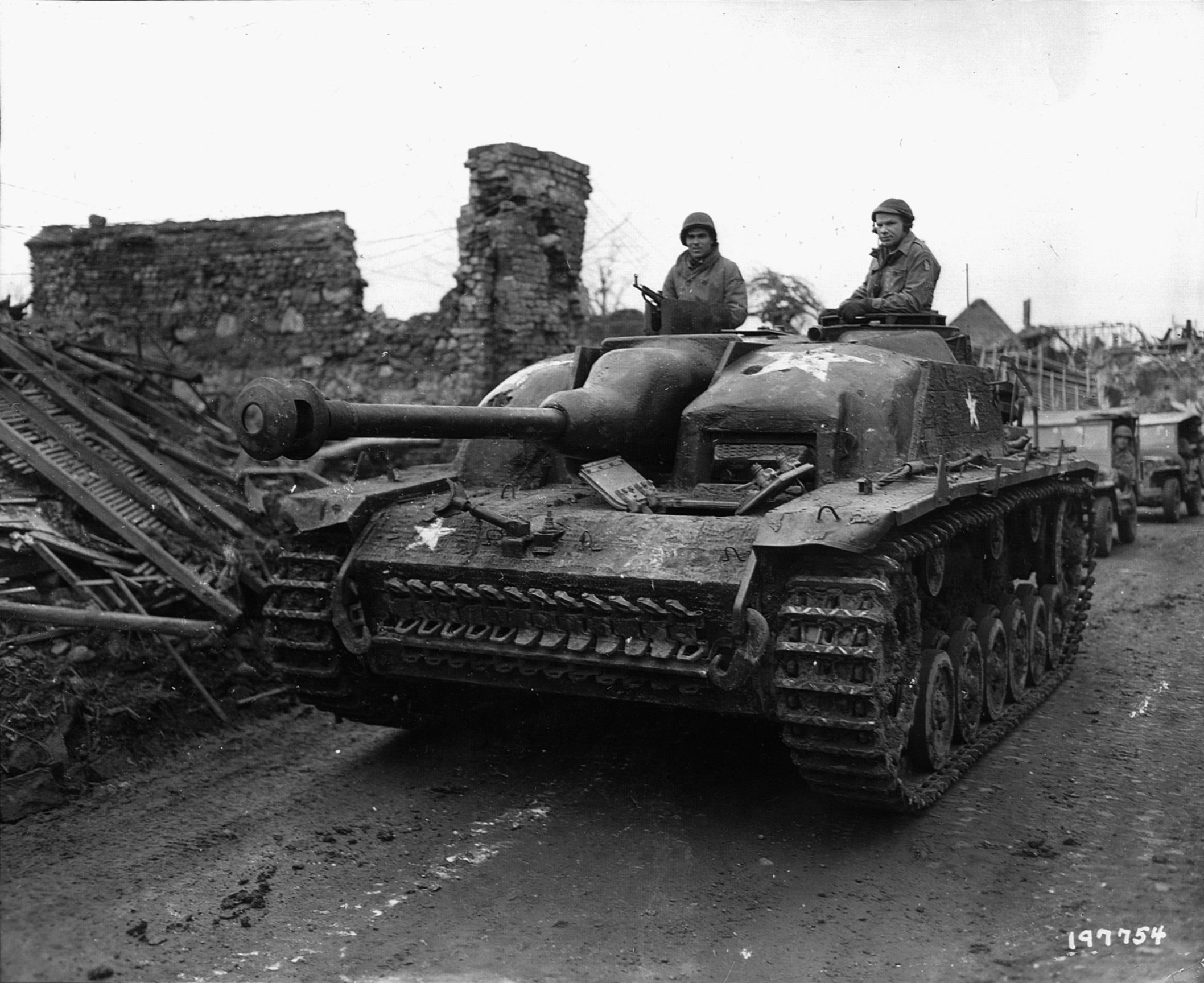
The tank was used again during Operation Veritable, a campaign designed to clear the area between the Roer and Rhine Rivers in Germany. During this operation the British were involved in heavy fighting in the Reichswald, which was forested and inhospitable terrain for tanks. Nevertheless, Cuckoo fought here for its new owners. Unfortunately, during this campaign the Panther’s fuel pump failed and could not be fixed or replaced. Abandoning the tank, the Coldstream Guards went on to finish the war with their Churchills.
The Tanks of the Resistance
In a very few instances, even resistance fighters used the Germans’ own AFVs against them. French fighters reportedly used a few German tanks during the liberation of France in 1944. In Poland, the resistance fighters of the Polish Home Army used several captured tanks in the desperate fighting of the Warsaw Uprising in August and September 1944. As the Soviet Red Army advanced into Poland and approached Warsaw, the Poles rose up against the Nazi occupation. Expecting the Soviets to come to their aid and quickly liberate the city, they were sorely disappointed when the Red Army instead stopped along the line of the River Vistula. This effectively left the Home Army alone against the might of the Nazis, and during two months of bloody combat the Poles were crushed. The Western Allies were unable to provide any useful assistance to the Poles, and most consider the Soviet halt to have been political, aimed at allowing the Germans to destroy the only group thought capable of resisting the coming Soviet occupation.
During this fighting the Polish fighters seized as much German equipment as they could in their desperate struggle. Even German helmets and uniforms were donned, along with armbands to identify friend from foe. Armor, therefore, was eagerly put to use. Photographic and film evidence shows Home Army soldiers manning both Panther tanks and a Hetzer 75mm self-propelled assault gun. The Hetzer itself was built on a Czech-designed tank chassis, which the Germans had themselves commandeered. One of these tanks was used in an assault on a concentration camp the Nazis had set up in the remnants of the Jewish Ghetto, itself reduced to rubble in the Jewish Uprising the previous year. The tank fired several rounds at the guard towers of the German defenders, enabling Polish fighters to take the camp and free several hundred emaciated Jews held there. Despite such individual tactical successes, the addition of a few armored vehicles to the Home Army’s strength could not change the inevitable outcome. They suffered horribly under the Nazi retaliation.
Accomplishing the Mission
While the Allies were usually blessed with a marked numerical superiority over the Axis forces, Allied troops did not hesitate to use captured AFVs to supplement their numbers still further. The belief that German armored vehicles were qualitatively superior to Allied models only reinforced the desire to use them. This use shows clearly the great capacity for improvisation on the part of soldiers in the field to accomplish their mission with whatever is at hand.
Christopher Miskimon writes from Denver, Colorado. He has served in both the Infantry and Field Artillery branches of the U.S. Army and is an avid and longtime student of military history. He is a graduate of the University of Maryland.
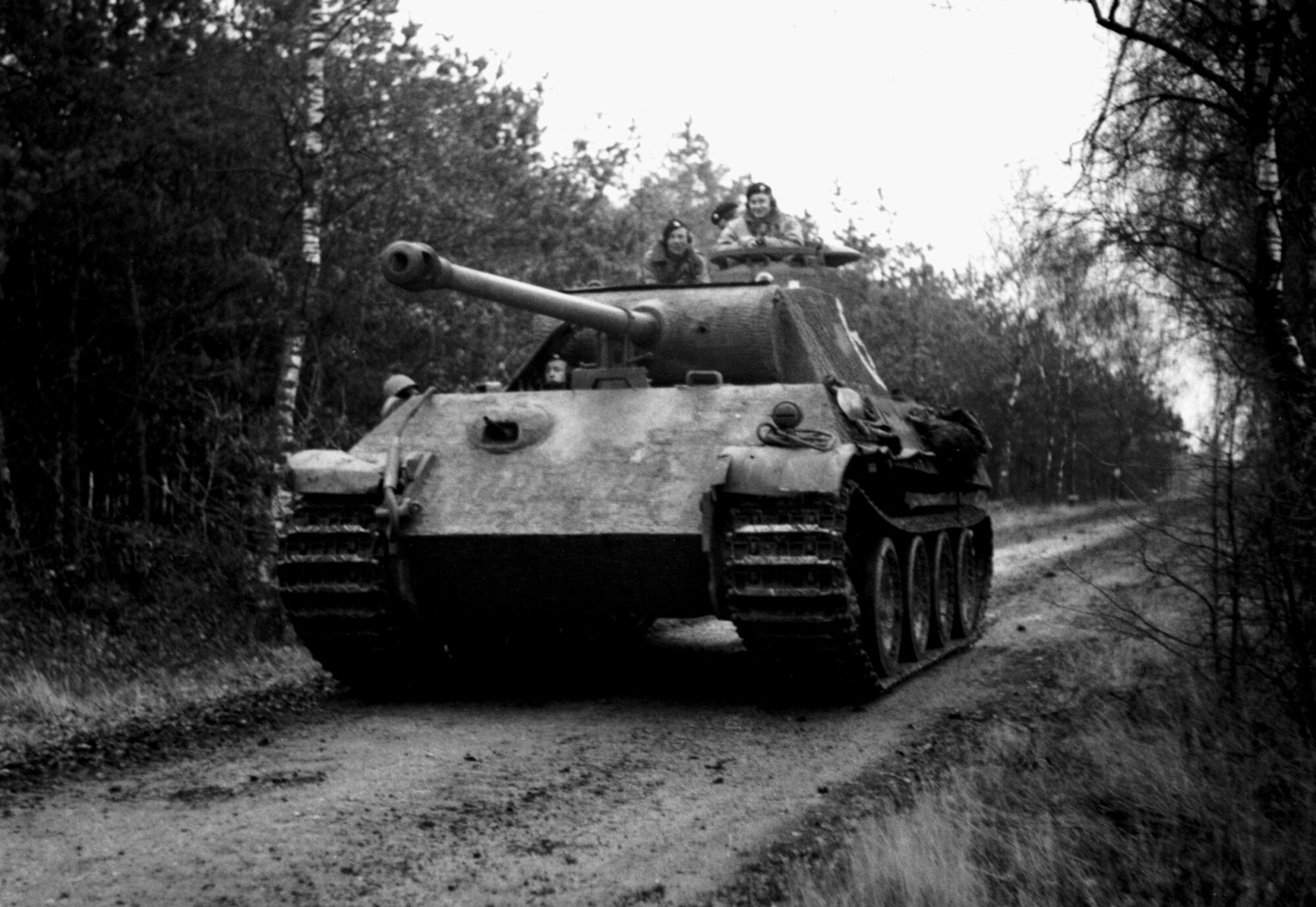

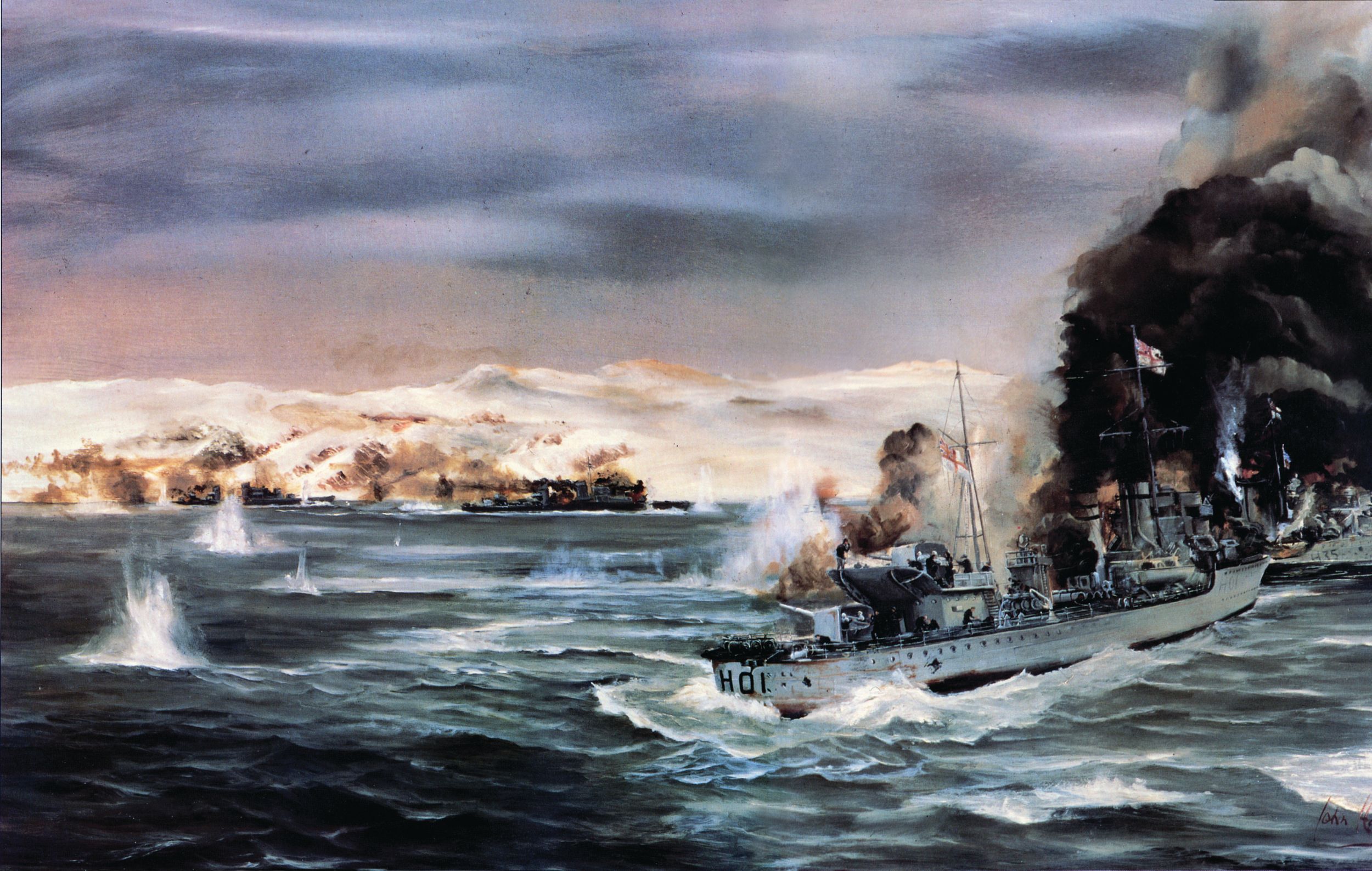
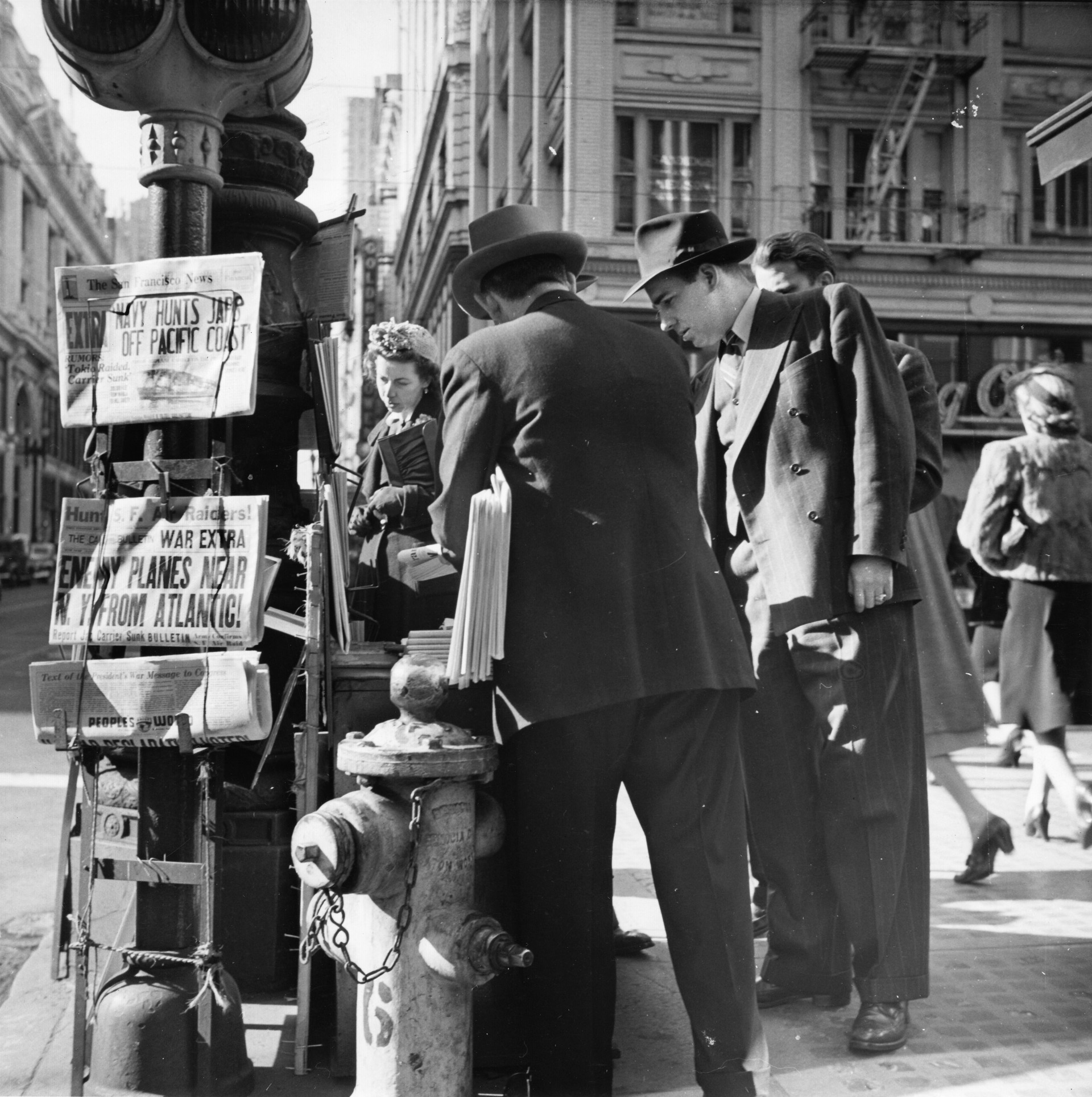
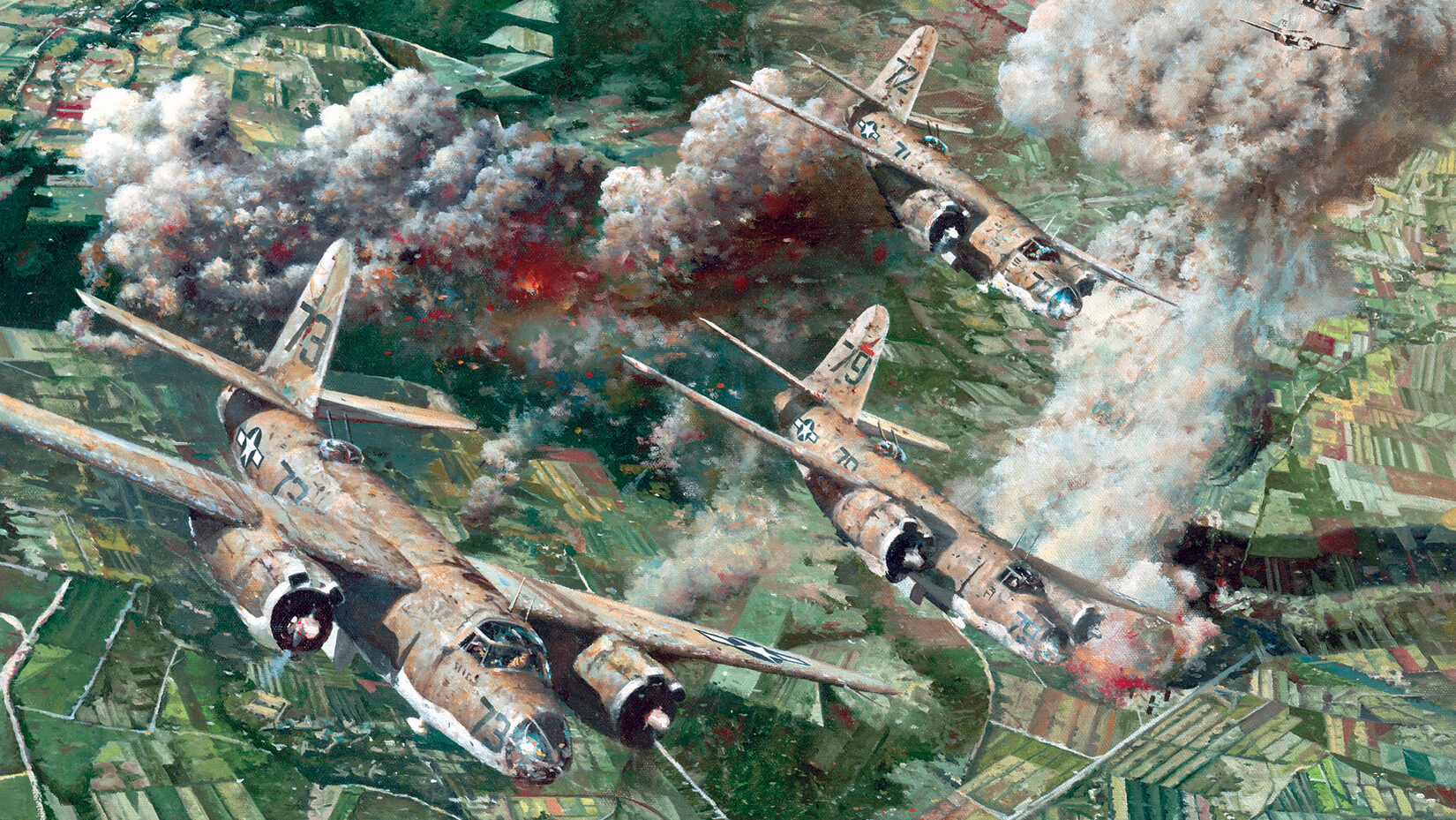
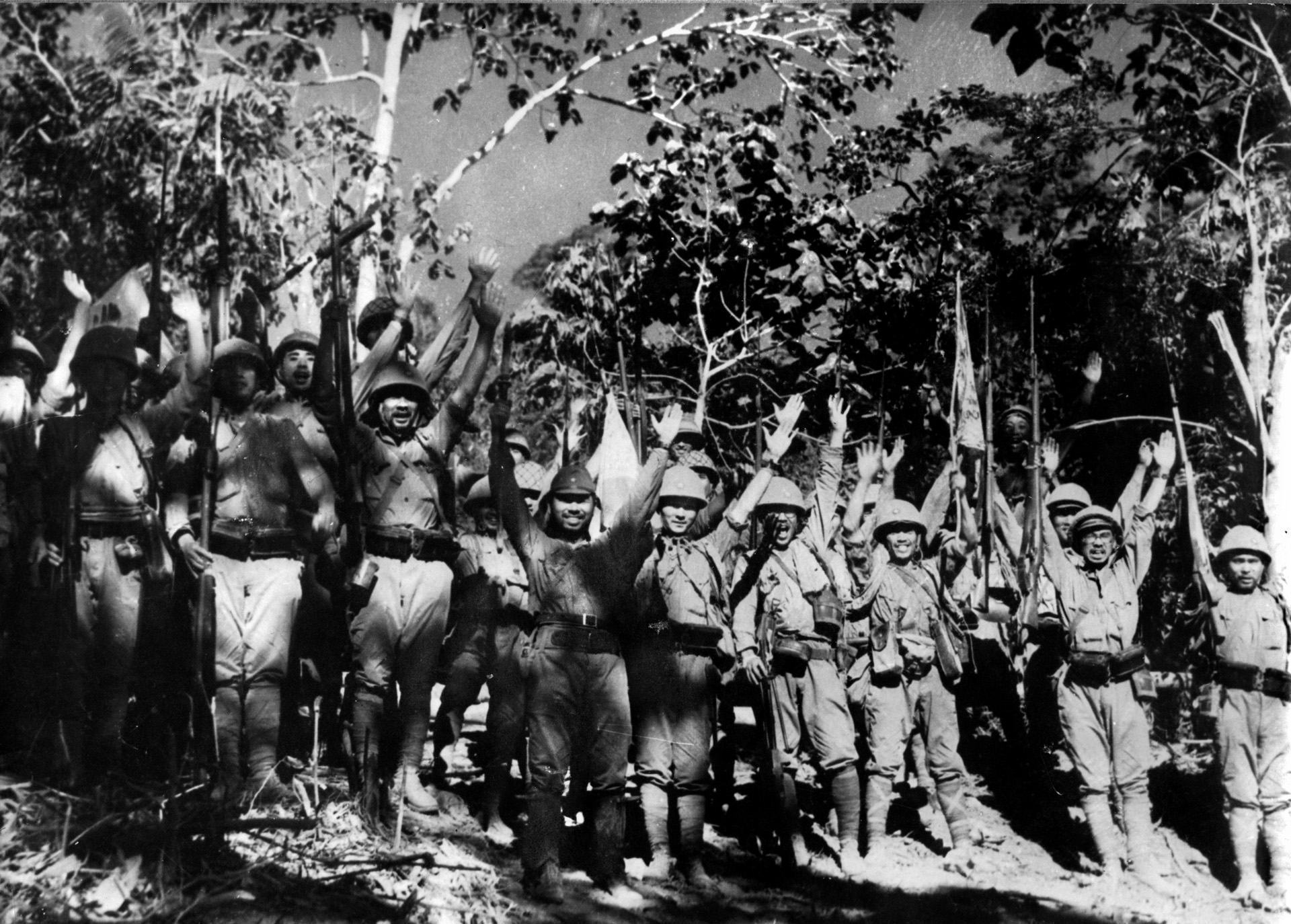
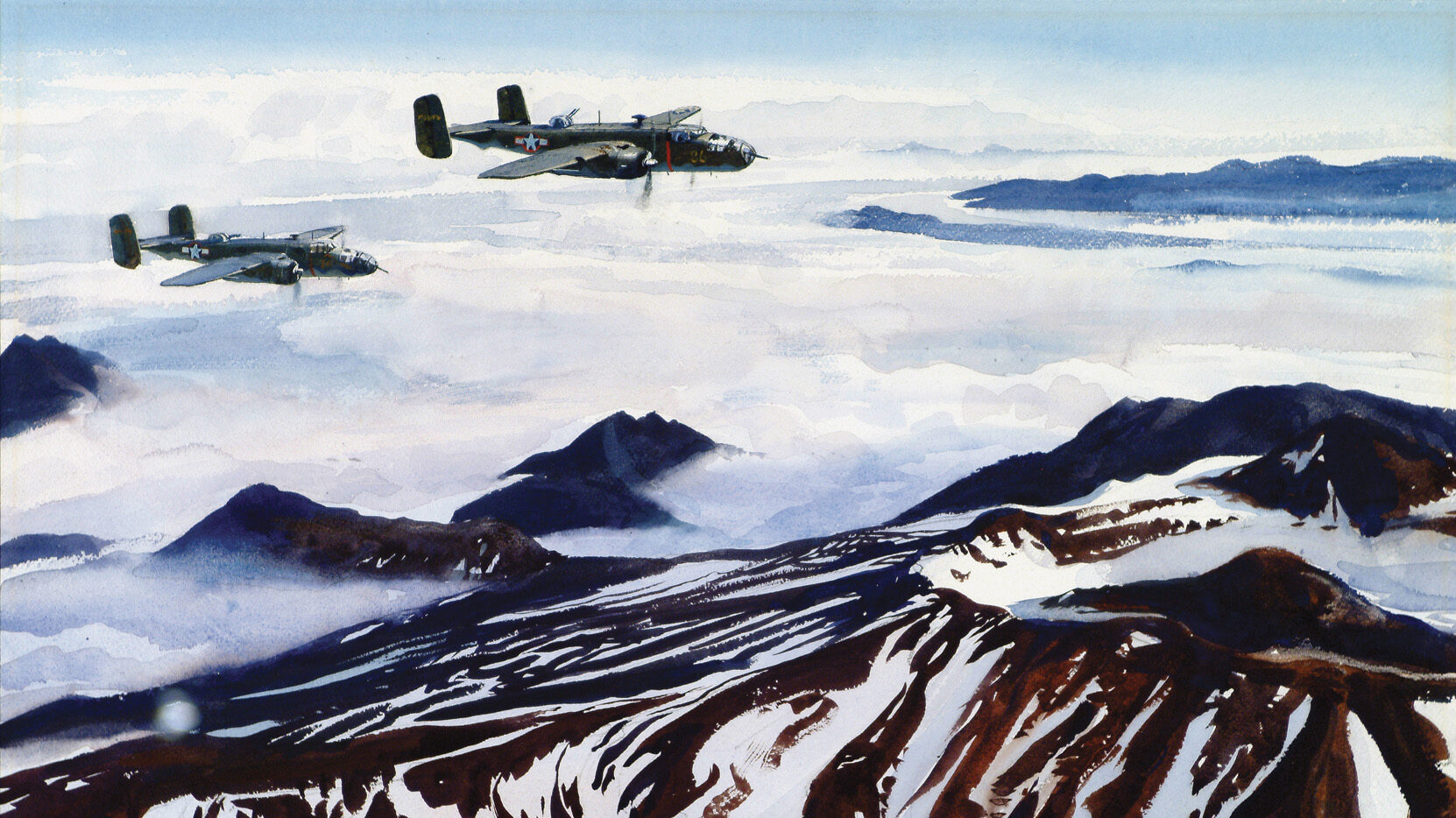
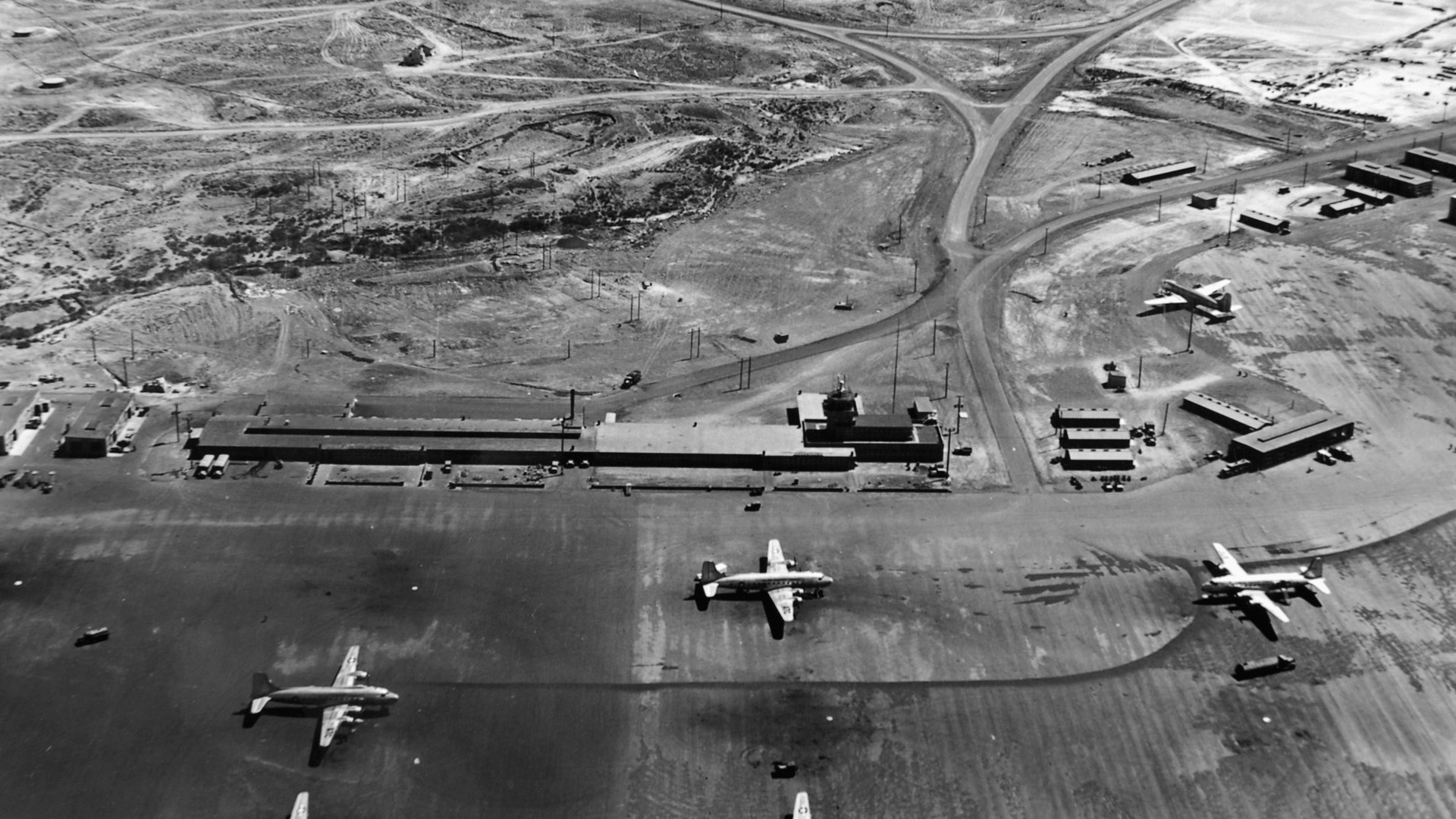

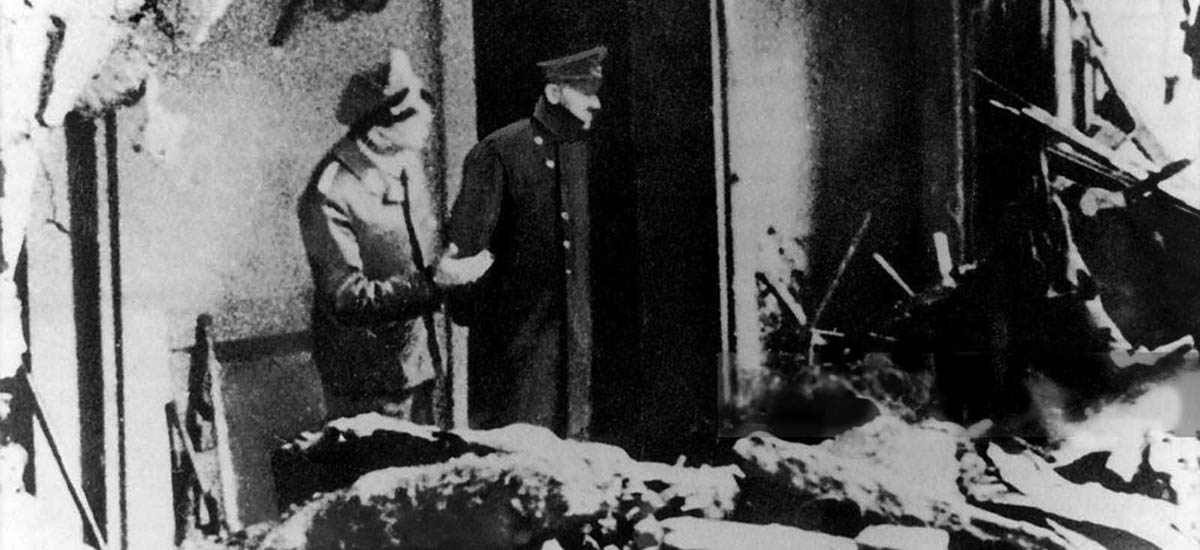
You missed the American 83 Armored Division which the troops preferred to the press calling it the “Rag Tag Circus”. The officially 83 Infantry Division got named that for for it’s huge numbers of captured German vehicles including a good number of Tanks and it’s own German BF109 which it flew.
It said from above except for the US Trucks it would look like a German Convoy.
I have recently found information of German Tiger II’s being used against them I have been unable to find the specific instances would it be at all possible for you to inquire into the subject. I am aware that Tiger II 332 was driven on Berlin before running out of fuel along the way and being ditch and later recovered.